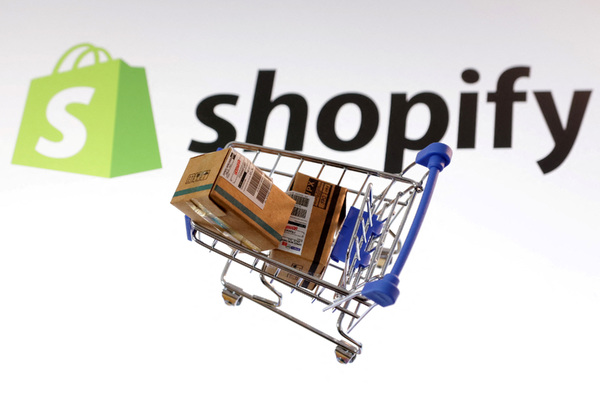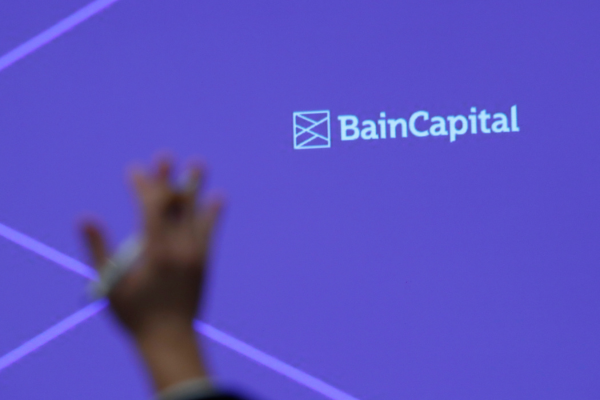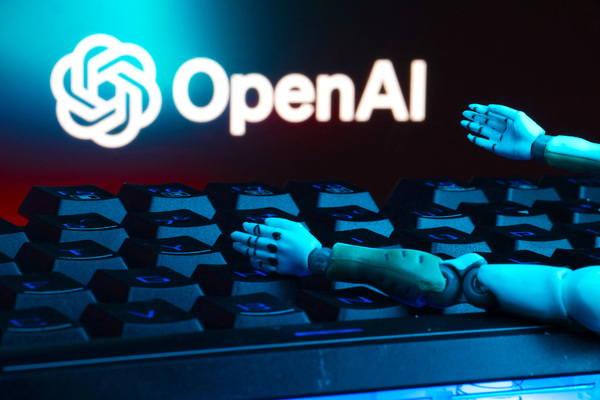Challenges of automation and the changing role of the CIO
Sponsored by Celigo
The world has changed dramatically these past few years, with digital technology increasingly embraced at all levels of society. At the same time, there has been a massive acceleration of digital transformation programmes in business, driven in part by the pandemic and the need for remote working.
The increased use of digital technologies at work has been accompanied by a change in the way employees look at their IT equipment. They have grown up with powerful yet easy-to-use software and technology in every part of their lives. Driven by their experience as digital consumers, today’s workforces expect instant, always-on access to the tools and information they need to do their jobs. And they look for employers who give them autonomy to make decisions about the technology they choose to use.
The post-digital age
Most organisations have already begun their journey towards digital transformation, and the pandemic has further increased their focus. They understand that digital technology is far more than pipes for information: it is something that should be strategically leveraged to confer real competitive advantage.
Over the past two years, a critical mass of companies have achieved a base level of digital maturity, having developed new digital channels for revenue, and enabled remote working in a way never imagined before. This influx of so many digitally mature companies means the markets they operate in have a whole new set of competitive challenges.
For these organisations, a deep embrace of cloud technologies is no longer enough. They need to go further if they are to stay competitive. They need to look beyond digital transformation programmes to increase efficiency, facilitate agility and drive competitive differentiation. They are in some ways “post digital”.
Because their main competitors have caught up and are using technology in a similar way, the competitive requirements that these organisations have in this post-digital phase are different. But there are some emerging technologies, processes and mindsets that do offer a competitive route forward. One of the most critical of these is automation.
Importance of automation at scale
The key to thriving in this new post-digital world is automation wherever possible. Automation at every level of the organisation is a fundamental enabler of business effectiveness. At its simplest, automation brings faster processes, improved accuracy and cost savings. Perhaps more importantly, by freeing employees from routine tasks, it increases their motivation and liberates them to add greater value to the organisation.
Automation cannot be just a “one-and-done” project. Rather companies need to develop an automation-first mindset, with a continuous process involving scalable automation opportunities across the organisation. This must be driven both by top-down decision-making by leadership and operations, and by the bottom-up choices different business functions wish to make.
In addition, with the exponential growth in complexity and data in every organisation, automation that is supported by machine learning facilitates better decision making by uncovering hard-to-see trends.
For example, within an e-commerce process, sales information must be shared with ERP software to confirm stages such as payment or dispatch. These order-to-cash processes can be automated by integrating the ERP with the e-commerce storefront, providing great efficiencies for the organisation.
However, if the ERP endpoint is not functioning properly, an error is generated. An organisation that uses automation supported by AI can catalogue these errors and over time automatically identify the best ways of handling them. This saves a lot of time troubleshooting and maintaining the e-commerce process, and means business processes are not just automated but optimised.
Integrating to automate
Companies use dozens, if not hundreds, of cloud applications across hundreds of business processes. Each application generates data, or needs data from other applications. Therefore, these applications need to be efficiently connected, or integrated, to support key business processes. Any robust automation strategy must have a holistic, top-down integration strategy that prioritises end-to-end business processes.
There is no single way of integrating automation. Some organisations simply rely on native solutions that come with the software they’ve purchased. This is efficient for the most common use cases, but it is highly inflexible in that only apps and use cases selected by the software vendor can be connected. As your company grows in size and complexity, integrations and automations need to be customised in a way that the out-of-the-box solutions cannot accommodate.
Other organisations take a DIY approach, leveraging code and technical teams to connect and automate processes across applications. While this allows for highly customised solutions, it is time consuming, resource intensive and hard to maintain.
Today, the most flexible solution is to use an Integration Platform as a Service (iPaaS). iPaaS is a key component of any successful integration strategy as it enables the integration of any combination of applications, processes and data. By providing an underlying architecture that allows any set of apps to be integrated efficiently, iPaaS allows individual employees to use their chosen software, while enabling organisations to maintain security and operational efficiency.
However, the majority of iPaaS tools today are largely designed for IT professionals. These traditional integration tools are no longer enough. In an age where employees are more empowered, where business teams build, manage and monitor the business process they own, today’s integration platforms need to be accessible to all, powerful and yet easy to use, providing guidance whenever possible.
At the same time they must lend power, flexibility and control to IT professionals. This is necessary to maintain proper data governance and ensure that localised automations work within the context of the entire organisation, so that organisational security, compliance and operational efficiencies can be preserved.
CIOs in an age of change
The pace of technological change shows no sign of slowing and it is impossible to predict the future. One thing is clear though: these market changes are forcing an expanding role for the CIO.
In the past, the CIO was responsible mainly for technical solutions throughout the organisation. But now they have new, competitive challenges they need to address, challenges which require figuring out the best way to unleash the power of information within the organisation to impact the bottom-line. Automation at scale is an example of such a challenge.
Implementing automation across the whole organisation will free people from mundane tasks that can be better performed by a machine, enabling businesses to reduce errors and improve decision-making. In doing so, this will ultimately unleash greater innovation. But for that to happen, CIOs need to create a framework for continuous, automation-first culture across the organisation at scale.
This is not simple to achieve. But using the right integration technologies with a focus on business processes to support automation, CIOs will be able to better unleash the potential of every employee to deliver agility, resilience, creativity and value to the organisation.
Business process automation, properly integrated at every level, is central to any strategy for remaining competitive in this new, dynamic environment. And the CIO will be central to the successful delivery of this strategy.
For more information please visit www.celigo.com
Find out how real-world transformational CIOs, IT, and business leaders ignite an automation-first culture across entire organizations. Watch our on webinar here!

Business Reporter Team
Related Articles
Most Viewed
Winston House, 3rd Floor, Units 306-309, 2-4 Dollis Park, London, N3 1HF
23-29 Hendon Lane, London, N3 1RT
020 8349 4363
© 2025, Lyonsdown Limited. Business Reporter® is a registered trademark of Lyonsdown Ltd. VAT registration number: 830519543





